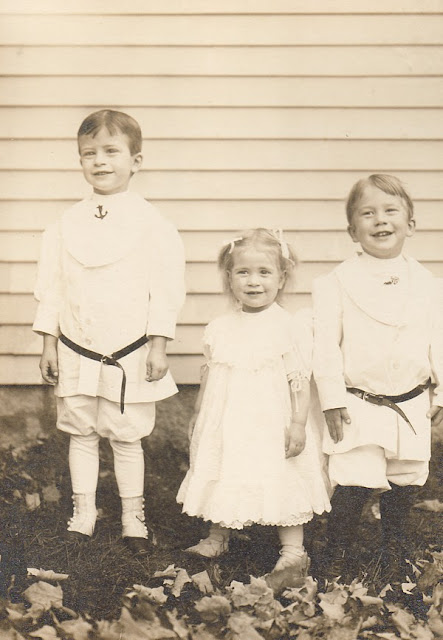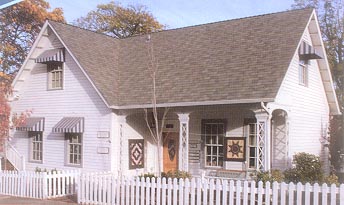 |
| George Merriman in 1899 |
Recently, one of my cousins sent me a link she came across regarding my great-great-grandfather, George Merriman of Medford, Oregon. At first glance, the page seemed typical and unremarkable; it contained a short biography from an 1896 publication and a basic chart showing his descendants. Further browsing though revealed that this information was essentially published for propaganda purposes for a political party.
The page in question is on a blog titled Oregon Republican League, which describes itself as "dedicated to building a Republican majority in the state of Oregon, through directed issues research/review, outreach and social service projects." The included biography of my great-great-grandfather was actually from a Republican publication which described George's involvement with the Republican party in the 1880s and 1890s. The information about my ancestor was published in 2006 as part of a "Bridging the Generations Project", along with hundreds of other posts including biographies and genealogies of Oregon Republican politicians from the 1890s.
The implicit purpose of the project was to inspire current generations of Oregonians to associate with the Republican party because their ancestors happened to be relatively prominent Republican politicians. This is a seemingly creative and innovative method of attempting to gain supporters and members of a particular political party. Admittedly, the blog post is 6 years old and the "project" seems to have been effectively abandoned, with no activity on the blog for at least 2 years. Also, it is not clear how, if at all, the blog and its efforts were related to or endorsed by the official Oregon Republican Party. Research at the Oregon Secretary of State reveals that the Oregon Republican League was officially incorporated in 2004, but has since become inactive.
Aside from whether this effort had any connection to the official Republican Party, it makes me wonder whether the use of genealogy research would actually be effective in gaining support for any political purpose. A major flaw in the logic is that political party platforms and ideologies change over time, and the Republican Party of the 1890s is not quite what it is today. (Another great-great-grandparent of mine from the same time period, Josephine Plymale, was a staunch Republican who also happened to be quite progressive and something of a militant feminist.) Additionally, although a person might find it interesting that a particular ancestor happened to be a politician, would that do anything to actually sway their own political ideologies? As a genealogist, I personally resent my family tree being perverted and used by any political party for their own purposes. At least the blog project did not include the names or identitities of living individuals.
My great-great-grandfather George Merriman was a founding settler of the city of Medford, Oregon. He was a lifelong blacksmith who owned his own business for many years and raised a family of 7 children. George was definitely a staunch Republican, and although he rarely held political office, he was involved with the party in many ways. He was a member of at least five Republican conventions in the 1880s and 1890s; he was elected as trustee for the city of Oakland, Oregon; he served on the city council of Medford, Oregon; and was involved with a number of other related committees and clubs. In 1892, he ran for the position of Jackson County Sheriff, but was defeated by a small majority. In 1895, he was almost appointed as the warden for the Oregon State Penitentiary. Between 1900 and 1904, he served as Postmaster for the city of Medford. His personal passion and interest was in educational matters, serving on the school board of Medford and was also a founder and director of the city's first college, Medford Business College. Aside from a passion for education, we do not know much about George's specific political ideologies. Perhaps a clue to his ideologies is a strangely-worded statement from a 1912 biography: "He has sought not alone his good but also that of the public." Also, from a 1904 biography: "While not seeking recognition himself he has earnestly helped his deserving friends, and by no means confined himself to any one party in offering help."





































